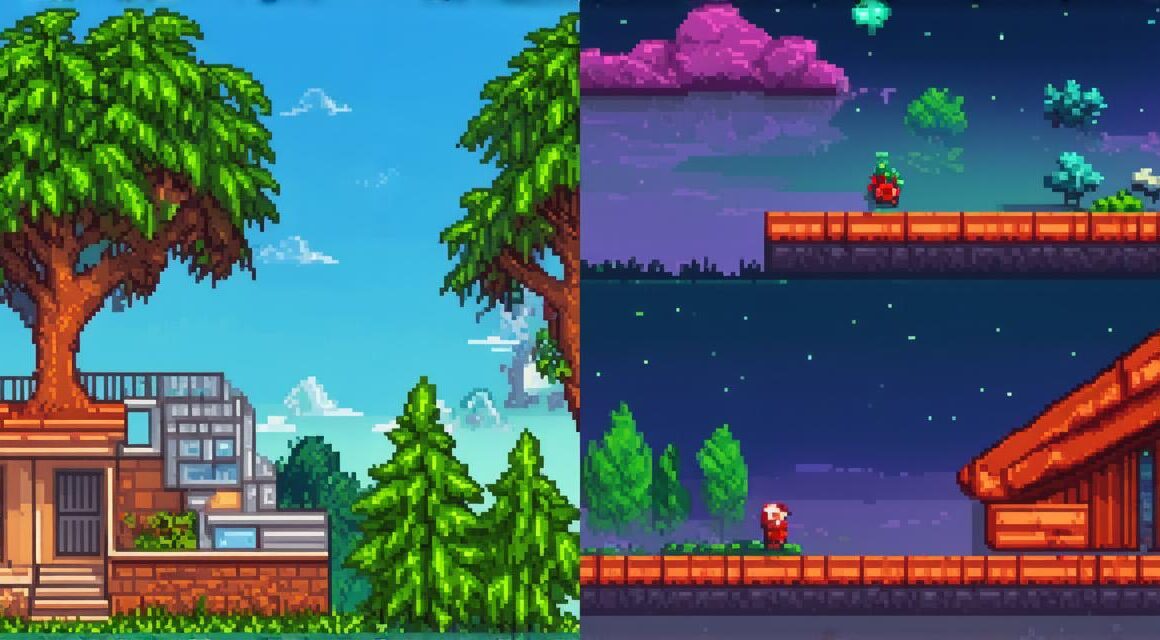Are you an aspiring game developer looking to create a stunning 3D platformer game? Look no further than Unity, the world’s most popular game engine. With its powerful tools and vast community support, Unity makes it easy to bring your vision to life and build a game that captivates players from start to finish.

In this comprehensive guide, we will walk you through the process of creating a 3D platformer game using Unity, including everything from setting up your environment to adding enemies and puzzles. We’ll also discuss best practices for optimizing your game for performance, ensuring it runs smoothly on a variety of devices.
2. Setting up Your Environment
The first step in creating a 3D platformer game is to set up your environment. This includes everything from creating your game world to importing assets and configuring your camera.
To create your game world, you can use Unity’s built-in terrain tools or import your own custom terrain files. Once you have your terrain set up, you can start adding assets like buildings, trees, and other environmental elements to give your game a more immersive feel.
When it comes to importing assets, Unity supports a wide variety of file formats, including 3D models, textures, animations, and audio files. To ensure that your assets are optimized for performance, it’s important to use low-poly models and compress textures as much as possible.
Finally, configuring your camera is crucial to creating a sense of scale and depth in your game world. You can experiment with different camera angles and settings to find the one that works best for your game.
3. Creating Your Character
The next step in building a 3D platformer game is to create your character. This involves modeling, animating, and rigging your character so that it can move and interact with the environment.
Modeling your character involves using a 3D modeling software like Blender or Maya to create a low-poly model of your character. You can then import this model into Unity and use Unity’s animation tools to create realistic animations for your character.
Rigging your character is the process of setting up a skeleton that allows your character to move and interact with the environment. This involves creating joints for your character’s limbs and setting up constraints that determine how your character moves.
Finally, you can add interactive elements to your character, like buttons or switches, that allow players to control your character’s actions.
4. Adding Enemies and Puzzles
Once your character is ready to go, it’s time to start adding enemies and puzzles to your game. This involves creating new assets, configuring their behavior, and integrating them into the game world.
To create enemies, you can use Unity’s built-in particle system tools or import your own custom custom particle effects. You can also use scripts to control enemy behavior, like making them move in specific patterns or attack your character at certain times.
Puzzles are another key component of any platformer game. To create puzzles, you can use Unity’s physics engine to set up complex interactions between objects in the game world.



